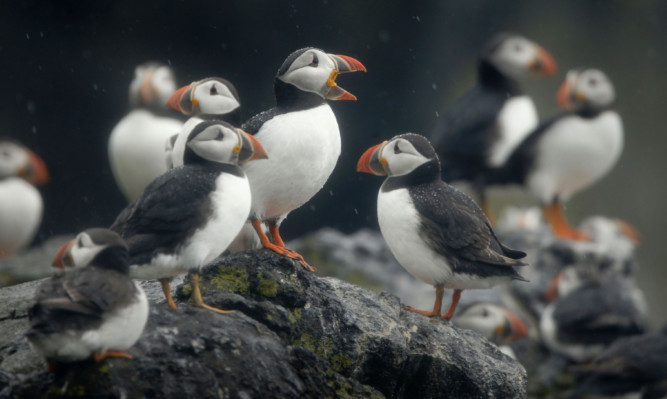RSPB Scotland has expressed major concerns about the granting of consent for four offshore windfarms in the Firth of Forth by Scottish ministers.
The developments threaten Scotland’s internationally important marine wildlife and in particular, large colonies of gannet, kittiwake, puffin and razorbill that breed along the coast and forage for food in the surrounding seas.
The Firth of Forth supports fantastic seabird populations of European importance such as the impressive 110,000-strong Bass Rock gannet colony off the coast of North Berwick and kittiwake and puffins breeding on the Isle of May. The Fowlsheugh Special Protection Area is also an RSPB reserve.
Nowhere in Europe have offshore wind schemes been proposed in such close proximity to seabird colonies of this size, leading to uncertainty over the predicted impacts of collisions of seabirds with turbines and displacement from important foraging grounds at sea.
Latest estimates suggest that well over a thousand gannets and hundreds of kittiwake could be killed each year during the summer months alone and many hundreds of puffin could die as a result of losing important feeding areas.
Countless other birds also pass through the area on migration.
RSPB Scotland director Stuart Housden said: “The Scottish Government has done a good job of steering onshore windfarms away from the most damaging places for birds so, having repeatedly raised our concerns about these offshore windfarms, it is extremely disappointing that they have decided to approve developments which put so many thousands of Scotland’s seabirds at risk.
“If the models and assessments of potential damage prove accurate, these windfarms would be among the most deadly for birds anywhere in the world.”
